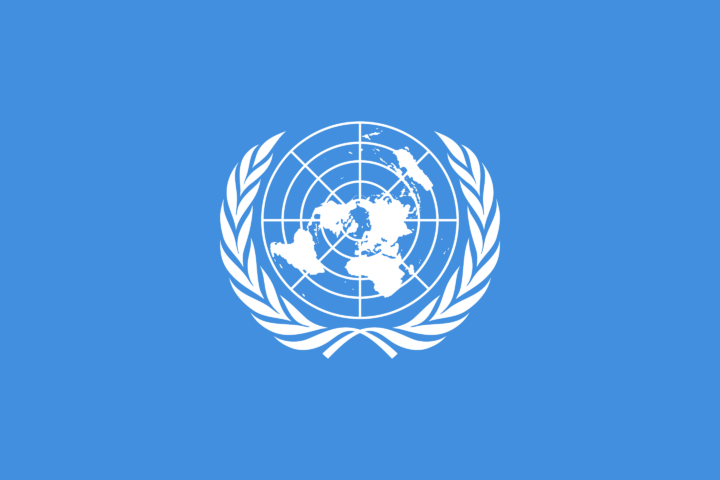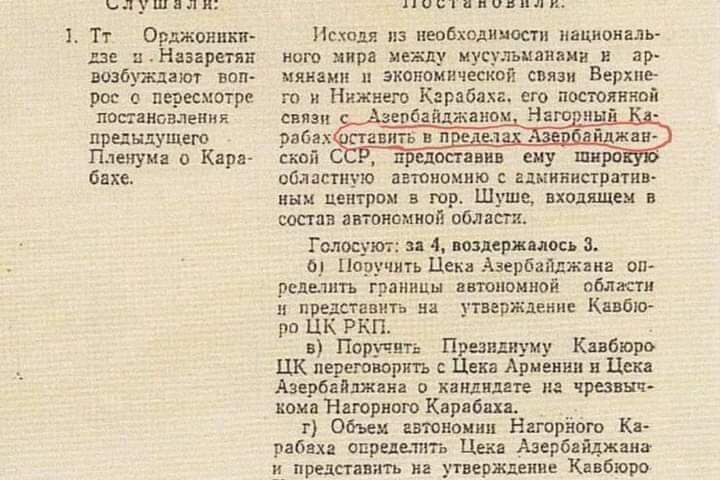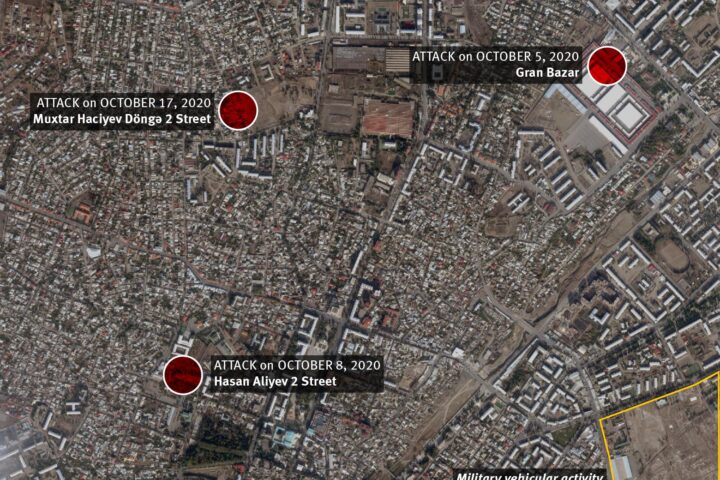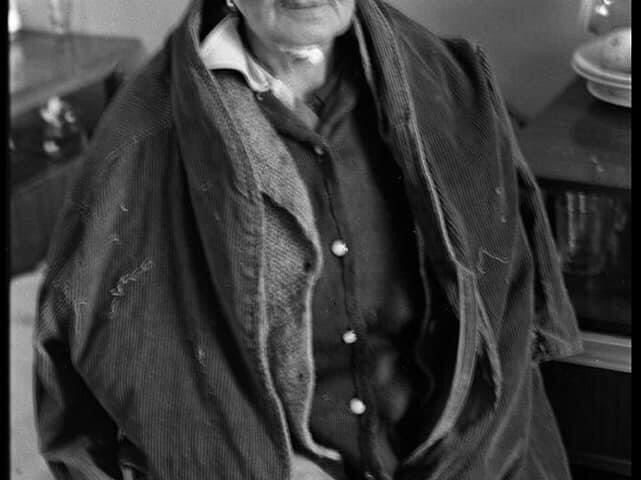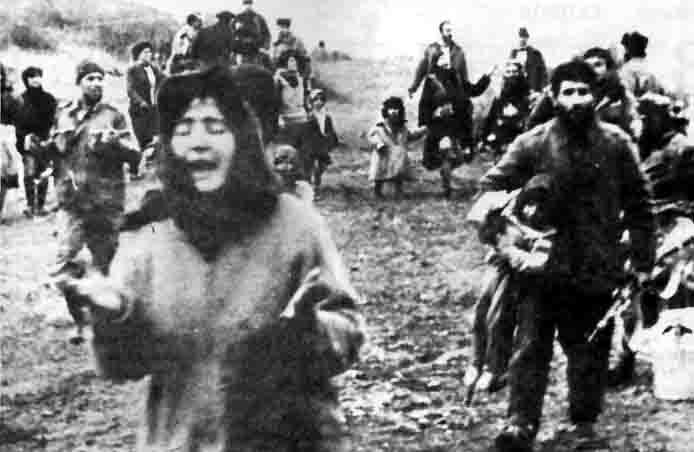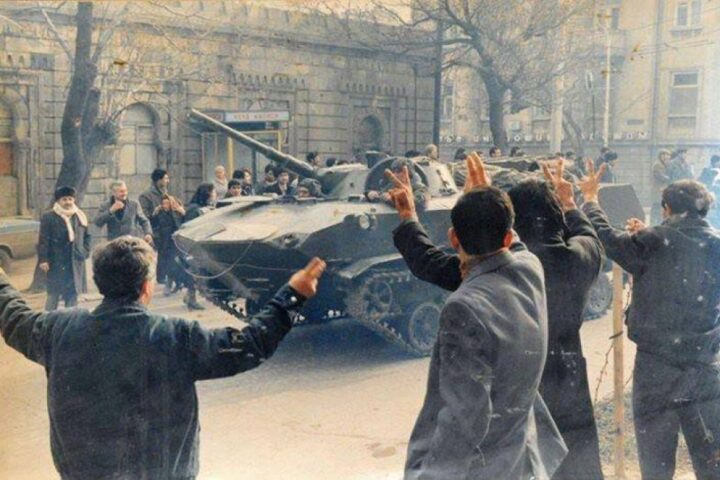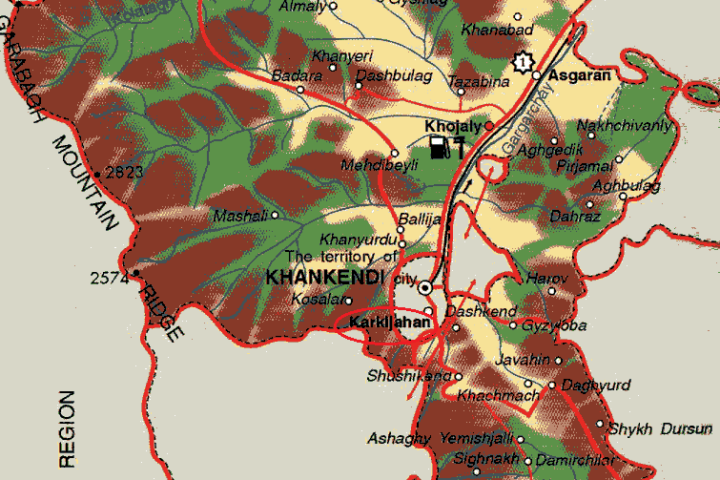The 1990 Soviet law on succession
On the top of the already confusing legal aspects and history of NK region due to oft-repeated references to Stalin, mistranslations and distortions regarding the supposed transfer of NK region to Azerbaijan, there is another legal claim, that the unrecognized separatist “NKR” is, allegedly, a legitimate and independent state, since it succeeded from the USSR in accordance with the 3 April 1990 law.[27] Several Western sources, such as Congressman Frank Pallone (D-NJ), the Co-chair of the Caucus on Armenian Issues of the U.S. House of Representatives, and ironically, himself a former practicing lawyer, and NGO’s, such as a center affiliated with the New England Law School, have been repeating these flawed claims.[28]
To begin with, that Soviet law, “On the Procedures for Resolving Questions Related to the Secession of Union Republics from the USSR” of 3 April 1990, was as its date shows, passed in the waning days of the USSR, when the NK and other post-Soviet conflicts already started, Baltic republics declared independence, Russia wanted to go alone its separate way, and USSR was clearly on the fast track to disintegration. To prevent this, President and Secretary General of the Communist Party of USSR Mikhail Gorbachev and his supporters came up with several ways to make it nearly impossible for the Soviet Union Republics (there were 15 of them, including Azerbaijan SSR and Armenia SSR) to become independent. The solution implemented in the form of the 3 April 1990 law – “[w]as drafted and adopted in a hurry, without open debates and discussions, without consultations with the republics, without previous publication of the draft…”[29] — was very Stalinesque in both its essence and purpose – to give the never-before held rights of secession to autonomous regions (oblast’), such as NK in Azerbaijan, and thus coerce those Union Republics (e.g., Azerbaijan, Georgia and Moldova) from attempting to secede and become independent from USSR.[30]
However, the main problem with the new, hurriedly adopted, law was not just its intention, but its illegality. First of all, the supreme law in USSR at the time was the 1977 Soviet Constitution (in this article we used the official English translation by the Soviet State Novosti Press Agency Publishing House).[31] The new law on secession, as is clear from Article 1 of its text, is supposedly based on the Article 72 of the USSR Constitution. Yet, Article 72 of the Soviet Constitution stated only the following: “Each Union Republic shall retain the right freely to secede from the USSR”.[32] As we can see, there is not a single word about autonomous republics (such as Abkhazia) or autonomous regions (such as South Ossetia and Nagorno Karabakh), only about the rights of 15 Union Republics (which the preceding Article 71 defines) – the republics that actually put the “U” (for “Union”) in the “USSR”. Moreover, the new law was clearly in total violation of the Article 78 of the USSR Constitution, which stipulated that: “The territory of a Union Republic may not be altered without its consent. The boundaries between Union Republics may be altered by mutual agreement of the Republics concerned, subject to ratification by the Union of Soviet Socialist Republics.”
Furthermore, Article 79 stated: “A Union Republic shall determine its division into territories, regions, areas, and districts, and decide other matters relating to its administrative and territorial structure”, and finally, in Article 81, a promise was made: “The sovereign rights of Union Republics shall be safeguarded by the USSR”. It becomes obvious, that the 3 April 1990 law contradicts all of the above articles of the supreme law of the country, the Soviet Constitution, specifically, articles 72, 78 and 79, and thus the law was unconstitutional.
Moreover, where the Soviet Constitution did discuss autonomous regions (areas), in articles 86-88, it only said the following: “Article 86. An Autonomous Region is a constituent part of a Union Republic or Territory. The Law on an Autonomous Region, upon submission by the Soviet of People’s Deputies of the Autonomous Region concerned, shall be adopted by the Supreme Soviet of the Union Republic.” Then Article 87 defined all the autonomous regions in USSR, of which there were eight. Finally, “Article 88. An autonomous Area is a constituent part of a Territory or Region. The Law on an Autonomous Area shall be adopted by the Supreme Soviet of the Union Republic concerned”.
In addition to the before mentioned points exposing the unconstitutionality of the 1990 law and discrediting its Stalinesque essence, the law itself contains provisions which the Armenian community of NK clearly either did not follow or violated, such as in Articles 6 and 7, which stipulate that any referendum in an autonomous region (such as NK – A.B.) must not only provide all residents the right to vote (which was violated, as the entire population of some 46,000 Azerbaijanis [1990 census], was either already ethnically cleansed from their homes or denied voting rights), but also send the results of the referendum for approval to the Supreme Soviet of the Union Republic (in this case the Supreme Soviet of Azerbaijan SSR in Baku), which would then make its determination and recommendations, and send it up to Moscow for further deliberations. Obviously, this never happened, partially because not a single union republic followed these procedures due to USSR’s unexpected and unilateral dissolution by the Belovezhskaya Pushcha (Belovezh forest) agreements of the Russian, Ukrainian and Belarus presidents and the formation of the Commonwealth of the Independent States (CIS) in its place.
Finally, Article 3 of the 1990 law, which Armenians frequently site in their quest for “NKR” legitimacy, used a vague stipulation, which was grossly misunderstood. Specifically, it said: “The people of the autonomous republics [such as Abkhazia – A.B.] and autonomous formations [formations such as NK or South Ossetia are meant – A.B.] are reserved the right of an independent decision of a question on whether to remain in the USSR or in the seceding union republic, as well as on putting up the question on their legal status [‘gosudarstvenno pravovoy status’ in Russian – A.B.]”. Hence, this convoluted and vague provision of an unconstitutional and in itself contradictory law simply gives NK region the choice of either seceding from USSR while remaining part of Azerbaijan, or staying in USSR if the Union Republic decides to secede anyway. This determination is also concurred by the Council of Europe background paper prepared by the Directorate General of Political Affairs.[33]
The secondary part of Article 3 of the 1990 law, where it says: “as well as on putting up the question on their legal status”, does not imply the right to independence, but simply refers to a possibility of raising the issue of upgrading its status from an autonomous oblast (region) to that of an autonomous republic. What Soviet Russian legal experts and drafters of the law meant by the “question on their legal status” clause, becomes very apparent in the case of Tatarstan (a sovereign Republic that is a constituent part of Russian Federation), reviewed by the Constitutional Court of Russia (the highest judicial authority of the land) on 13 March 1992, which used precisely the same stipulations to strike down many provisions for greater autonomy of the Tatars and bring Tatarstan’s laws in accordance with the Russian Constitution.[34] The importance of this legal decision is great, considering the date (1992), place (Moscow) and individuals involved (Soviet-era constitutional experts and judges).
The Chechen insurgents have also tried to use this and other Soviet-era laws and declarations for their independence claims, which were all, of course, rejected by the central Russian authorities.[35]
It should be noted that despite the obvious, if not unintended, threat to Russia’s territorial integrity stemming from the 1990 law(s), some of the ultra-nationalist Duma members, such as the Rodina (Homeland) fraction (since merged into the “Fair Russia” party) and its leader, then Member of the Duma, Mr. Dmitry Rogozin, have introduced a bill in 2005, invoking the law and attempting to simplify the process of becoming part of Russian Federation for all four break-away regions of the FSU republics, such as NK, Abkhazia, South Ossetia, and Transnistria. However, the bill has been blocked by the ruling majority and did not pass during its first reading on March 11, 2005.[36] This is not surprising, considering the fact that the Russian government and judiciary have never interpreted or meant to interpret the 3 April 1990 law, along with many other haphazard laws hurriedly passed in 1990, the way separatists try to do post-factum.
In short, the 3 April 1990 was simultaneously unconstitutional, illegal, contradictory, Stalinesque and neither applied nor was applied to NK, and does not legitimize continued occupation of Azerbaijani regions, such as Karabakh, and certainly does not recognize the independence of the “NKR”. The position of the international community and most importantly of the five permanent members of the UN Security Council has been the same for all this time – Nagorno Karabakh is a constituent part of the Republic of Azerbaijan.
[no_toc]




